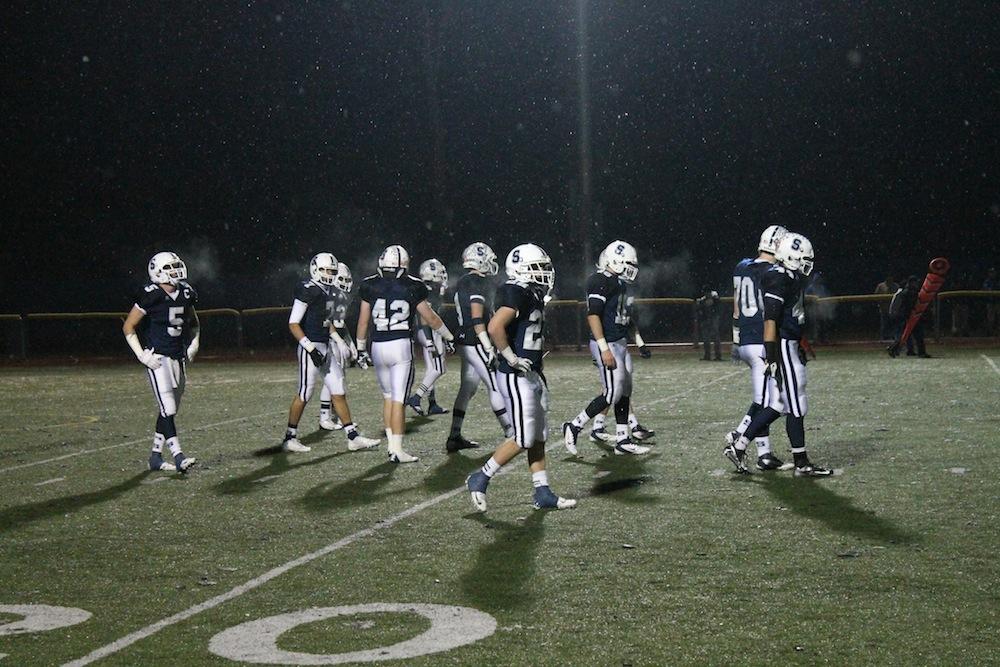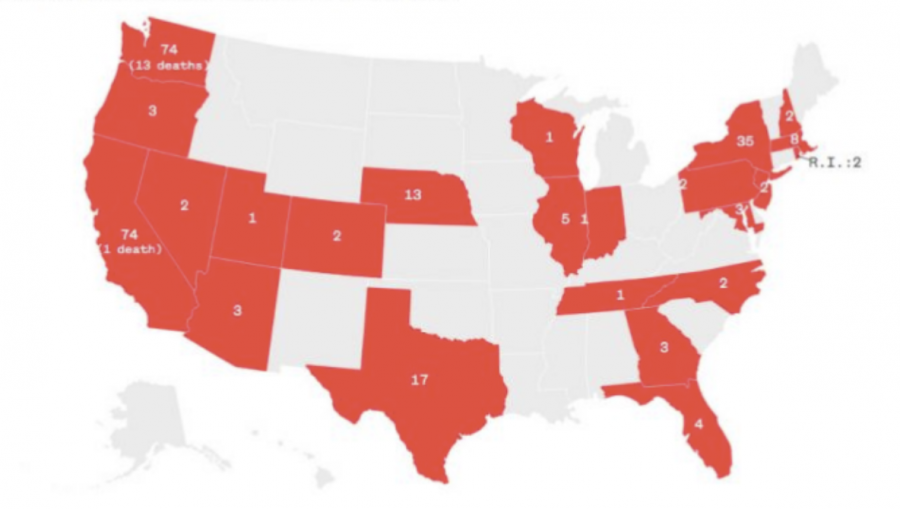2:15 p.m. signals the beginning of the treacherous walk to Wakeman for many athletes. Weighed down by equipment, water jugs, and medical kits, practice often starts for players before they reach the field.
Other athletes, however, jump on buses or catch rides to get to their practices at yacht clubs, ski mountains, or country clubs.
The cost of raising a kid is no longer limited to basic necessities. Add the price of a competitive athlete to summer camp, bar mitzvahs, and sweet sixteens, and the numbers skyrocket.
Staples students participate in a myriad of different sports. As a top state competitor in many sports, Staples teams can be can be extremely tough and competitive to make. To keep up with the level of play amongst top athletes at the high school level, students often feel compelled to take part in multiple out of season teams, clinics, and tournaments, usually costing over hundreds of dollars for each.
“The yacht club for sailing costs about $2,500 to charter a boat, as well as getting coached. Then each regatta costs about $200-$300,” said varsity sailing team member, Henry Dumke ‘13.
Exorbitant prices are common in many sports, and the decision or inability to pay can often hurt an athlete’s chance of getting better and eventually making the team.
“I think it most definitely matters where you play outside of school. It can give you an advantage,” said varsity ice hockey player, Liam O’Leary ’13. The off-season of a sport is often not looked at as an off-season at all. It is an opportunity to gain an advantage over competition better yourself for the sake of the team.
Factor in traveling and equipment, and the numbers start to add up.
“Usually when traveling, we have to pay for it ourselves. Plus the costs of the items like bags and leotards and warm-up attire: it can all get very expensive,” said gymnast Lindsay Kiedaisch ’14, who currently practices at the Gymnastics and Cheerleading Academy in Fairfield, CT.
Gyms and arenas generally do not cover the costs of fees, which can cost upwards of a few hundred dollars once memberships and customized logo wear are added together, unless the athletes are funded or sponsored by outside organizations. They often use fundraising as their main source of income.
Extra money has to be spent when Staples sports teams do not meet the needs of athletes. Students with hopes of being recruited often times have no choice but to participate in outside teams in order to get noticed.
“College coaches will hold clinics and be at outside regattas. They never come to Staples regattas,” Dumke said.
Thus. spending money to join off-season teams provides an opportunity for recognition from college coaches.
Those who buy their own equipment usually prefer it over the Staples gear provided.
“In terms of padding, the Staples team provides helmets and glove. I don’t use them because they aren’t in the greatest condition,” O’Leary said. In high-risk sports, protective gear is vital in protecting against concussions and other injuries, so many athletes prefer equipment they buy specially for themselves.
Despite the high price tag on various sports, many students believe that the money is worth everything they get out of it.
“My parents are so extremely supportive of me in this sport, and because it is my passion and not just a hobby, they are willing to pay these expensive feeds,” Kiedaisch said. “I would not be where I am if they hadn’t been so supportive and paid for this all these years.”




















































